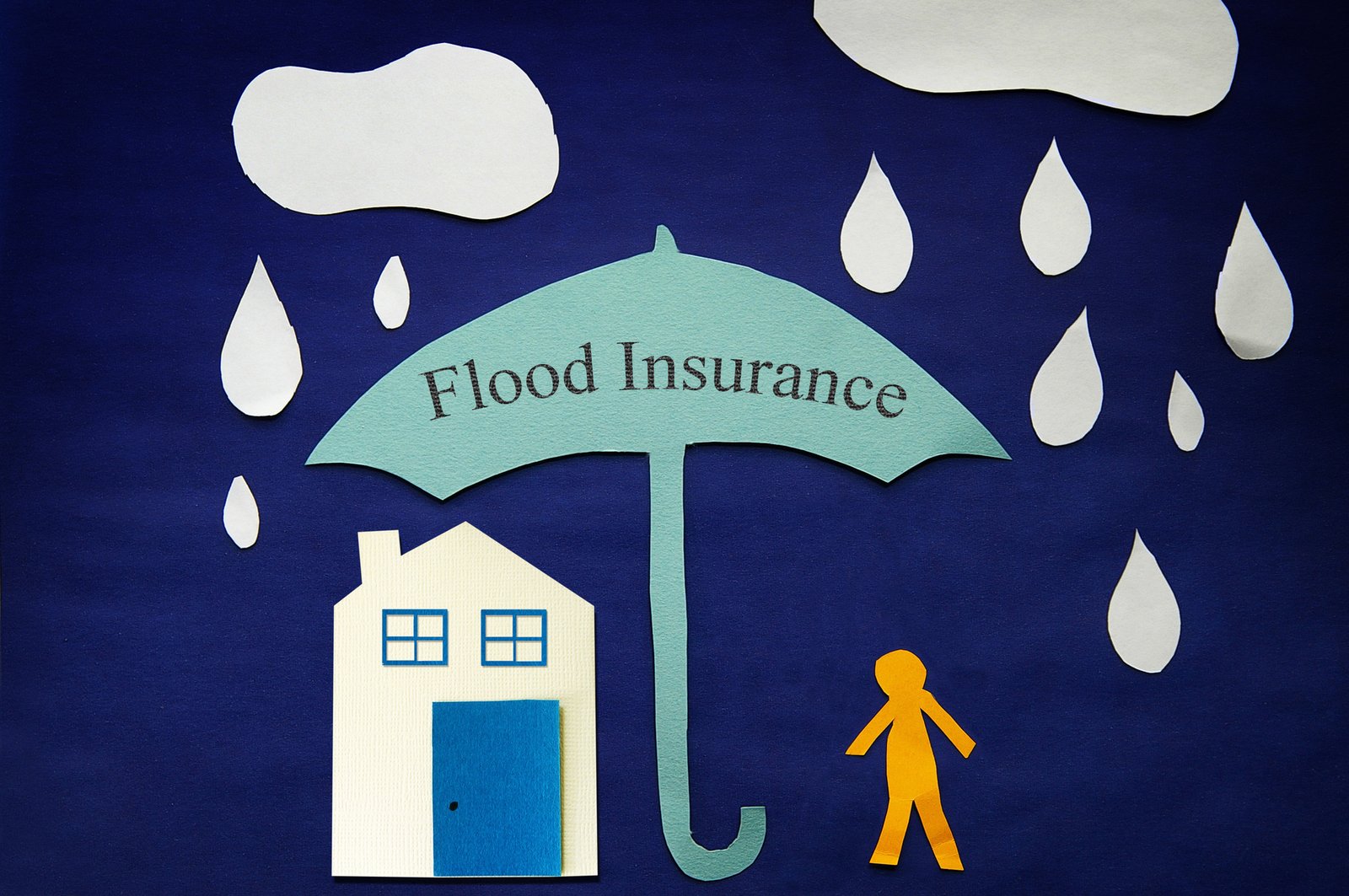Table of Contents
Did you know that most people don’t have flood insurance?
If you live near a flood zone or close to a body of water, you should invest in this coverage to help protect yourself in the event of a disaster.
When shopping, you might wonder what flood insurance covers and what it doesn’t. Knowing what it covers can help you make the best decision for your needs.
Read on to learn more about this and understand how it can help you.
Building Coverage
Flood insurance provides building coverage to homeowners and business owners in areas at risk of flooding. It covers damage to residential or commercial buildings and the contents of those buildings up to a certain limit. This can include interior walls, insulation, carpets, and other materials installed in the building.
Additionally, the structure and foundation of the building can also cover. Fixed appliances and outdoor structures may also be eligible for coverage, such as a garage, conduits, pools, and well pumps. Flood insurance through building coverage helps to protect the financial security of a homeowner or business owner should their property be damaged or destroyed due to flooding.
Contents Coverage
It covers furniture, appliances, clothing, window treatments, electronics, and certain types of valuables if they have the insured structures.
Personal property not located inside a building may also have a cover. When shopping for coverage, it is important to read through the policy and understand what types of items and any exclusions or limits related to specific items.
Coverage may also differ depending on the profitability of the item in question or the value you place on it. It is also worth noting that some policies cover the cost of cleaning and deodorizing contents that have damage from floodwater.
Cost of Repair
Insurance rates are calculated based on the region’s likelihood of flooding and the cost of repair for the specific structure. Additionally, flood insurance costs vary based on the amount of coverage required.
These costs can include repairs or replacements for walls, floors, furniture, and electrical systems. Ultimately, flood insurance can significantly reduce the costs associated with repairing damage caused by flooding, although the specific extent of coverage generally depends on the type of policy purchased.
Find more information here about flood insurance and how to file a claim.
Debris Removal
Flood insurance will cover debris removal after a flood if you have an NFIP policy in place. Debris removal consists of hauling off any damaged structural elements. It also includes the removal of trees, branches, furniture, and personal items that have been impacted by the floodwaters.
Depending on the policy, your flood insurance may cover the cost of the debris removal, the costs of the contractors who are completing the job, and additional equipment needed to perform the removal.
Get Started Today About Your Flood Insurance!
Flood insurance is an important protection for homeowners and businesses. It covers structural damage and the cost of cleanup. To ensure that you’re protected from rising waters, it’s important to review your current coverage levels and consider investing in additional flood insurance. Contact your local insurance agent today to find out more.
If you want more tips on how to stay on top of what’s happening in the world, check out the rest of our blog.

